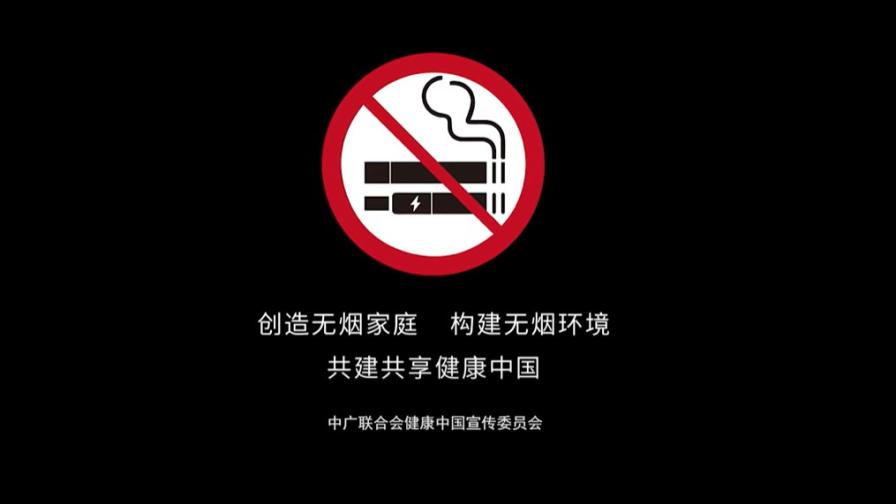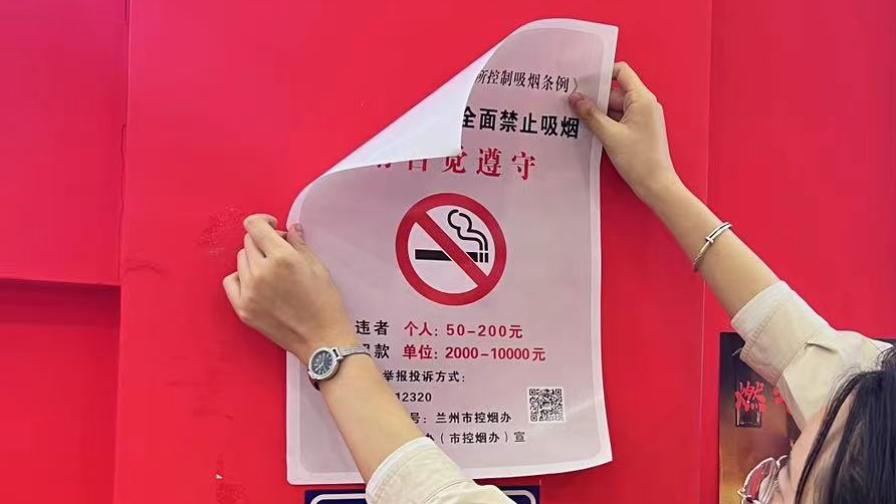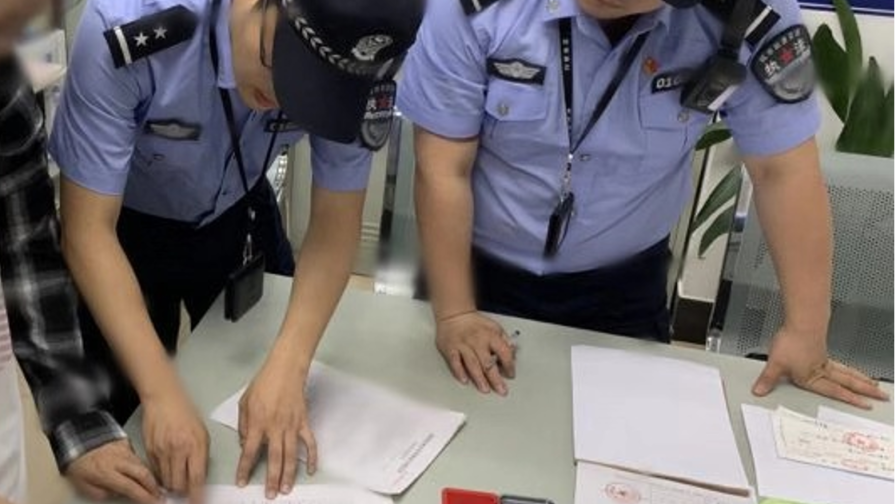
Awareness and understanding are critical to building compliance with tobacco control laws and changing social norms around tobacco use. Creating a culture of compliance, in which organizations and people choose to obey the law and are deterred from violating it, is more effective and efficient. Education and communications should be tailored to relevant stakeholder groups including businesses, CSOs, volunteer and youth groups, and the media.
Civil society play a crucial role in monitoring compliance, reporting violations and holding governments accountable.
TOP TIP: Ensuring as many organizations and people as possible know about the law and choose to comply with it reduces the pressure on enforcement systems.
- Inform the public about the harms of tobacco, the specifics of the law and their duties, and how it will benefit them. This requires frequent, strategic and targeted communications, especially when a new law is adopted.
- Use relevant data and appropriate communication channels to maximize the effectiveness of awareness-raising activities.
- To learn more about public education and communications and see relevant resources, please click here.

In China, the China Federation of Radio and Television Associations released a public awareness campaign video for World No Tobacco Day, “Dream Guardian,” to increase understanding of the harms associated with secondhand smoke exposure and promote compliance with smoke-free policies in public places. The campaign aligned with the national Smoke-Free Families initiative.
- Provide clear guidance, reference materials and trainings to regulated businesses.
- Ensure they are instructed about the relevant regulations, their responsibilities, compliance requirements and penalties for violations, along with the benefits to them and their communities. Examples of educational and instructional resources can be found here.
- Use routine monitoring activities to sensitize and educate businesses, managers and staff.
- MOUs can be signed with business associations to conduct interventions and promote compliance with their members.
- Be prepared to address businesses’ concerns about the potential negative impacts of the law. Some of these may be misinformation promoted by the tobacco industry. Find common industry claims and counterarguments here.

TOP TIP: No Smoking signage campaigns can be a powerful tool in educating venue managers, increasing public awareness and supporting social norm change. Signs should be clear, eye-catching and include information on sanctions and complaints. Distribution efforts should incorporate education of venue managers and ensure signs are installed in prominent locations in line with the regulations.
- Establish a complaints system that is toll-free and easily accessible to the public. If other public complaints systems exist, tobacco control laws can be embedded into them, thereby taking advantage of public knowledge and existing infrastructure.
- Promote and encourage public participation in surveillance.
- Ensure the complaints system is connected to relevant enforcement authorities to take action based on the violations that have been received. This should further encourage public reporting, as they can see the impact of their monitoring. For more information on enforcement activities in response to public complaints systems, please click here.
- See the case study below for an example of a robust public complaints system operating in Shenzhen, China.
TOP TIP: A complaints system that is well-monitored and actioned by enforcement officials can foster public engagement and build trust. Whether in the form of an app, website, text service or phone line, seeing direct action as a result of public monitoring can increase community support for enforcement and build compliance.
- Map and assess civil society organizations and community groups to support compliance building efforts. Find a mapping tool here.
- Activities may include raising awareness of the harms of tobacco and the benefits of the law, monitoring compliance, identifying tobacco industry interference, promoting cessation and signposting to local services, and holding the government to account for strengthening compliance in their communities.
- Monitoring by civil society may be conducted formally as part of an established government Task Force, or informally via surveys or filing complaints.
- If permitted under the legislation, civil society can also take action against violations, such as taking legal action against employers not complying with smoke-free workplaces.
- For recommendations and examples of engaging civil society, please click here.
TOP TIP: Engaging with communities can build trust, increase the visibility of tobacco control and encourage the reporting of violations. Many community organizations focus on issues around youth and other vulnerable populations, which are also groups most impacted by tobacco use.
- Conduct training for journalists and media stakeholders on tobacco control and engage them in implementation and enforcement activities. Regular interactions and involvement can build a network of supportive journalists who can keep tobacco control issues in the news and press for improved implementation.
- Engagement can include media events and press releases, involvement in targeted communications campaigns, exposing tobacco industry tactics, inclusion in monitoring activities and sharing enforcement actions to publicly “name and fame”/”name and shame” businesses.
TOP TIP: Media can be a powerful ally in building public and political support for tobacco control implementation. Consistent, knowledgeable reporting about the state of implementation can mobilize the public and push for renewed focus from key stakeholders.
- Industry tactics – it is common for the industry to create front groups claiming to represent tobacco retailers. It is essential for city leadership to speak directly to retailers themselves about the impact of tobacco control regulations on their businesses and the benefits of tobacco control to the wider community. For additional information on tobacco industry interference tactics and how to counter them, click here. For a list of known industry allies, front groups, and more, click here.
- Lack of public engagement with tobacco control issues – tobacco control can be a complicated and multi-faceted public health issue. When creating tobacco control campaigns to educate the community, focus on a clear, simple messages and emphasize the financial and health costs of tobacco use to the community.
- Educating businesses at scale – it can often be challenging to engage and sensitize businesses at scale, especially if financial resources and capacity are limited. However, several strategies can be employed, such as including tobacco control into any existing vendor or venue manager trainings (such as health and safety trainings). Additionally, education can be carried out during inspections, whether for tobacco control monitoring or inspections by other agencies, such as food safety or licensing authorities. For examples of informational materials created for businesses, click here.

Shenzhen was a leader in tobacco control in China, releasing their Shenzhen Special Economic Zone Smoking Control Regulations in 1998. The regulations were revised in 2010 to better define implementation responsibilities, engage and educate venues, and mobilize public participation and social supervision mechanisms. The regulations came into force in 2014, banning smoking in indoor public places, workplaces, public transportation, and some outdoor areas. A revision was issued in 2019 to include e-cigarettes and expand the smoking ban to other outdoor areas, including outdoor platforms and queues for public transport.
A main focus of Shenzhen’s tobacco control implementation activities centered around building public awareness and participation in tobacco control activities. The city led a robust communications campaign to educate the public on tobacco control and engage volunteers. To support the extensive network of volunteers to assist with tobacco control monitoring, the city created a training and assessment program so that volunteers have clear, standardized knowledge and protocols. Volunteer supervision compliments larger efforts by the city to include the general public in monitoring. A public complaints system was created, both through a reporting hotline and an applet, where citizens can report non-compliance or complaints. Complaints are then followed up on by members of the volunteer network, who refer substantiated complaints to enforcement officials. As of 2023, the city had over 8,000 volunteers who had served more than 97,600 hours supervising more than 20,000 venues.
The city’s efforts have seen a marked improvement in both compliance with smoke-free regulations and tobacco use. In 2023, no-smoking signs were posted at 96.6% of smoke-free venues. 93.9% of the public supported smoke-free regulations and the smoking rates of adults aged 15 and above had dropped to 16.9%, the lowest level in 10 years. The city’s achievements have put them ahead of the tobacco control target for the Healthy China 2030 Initiative.
